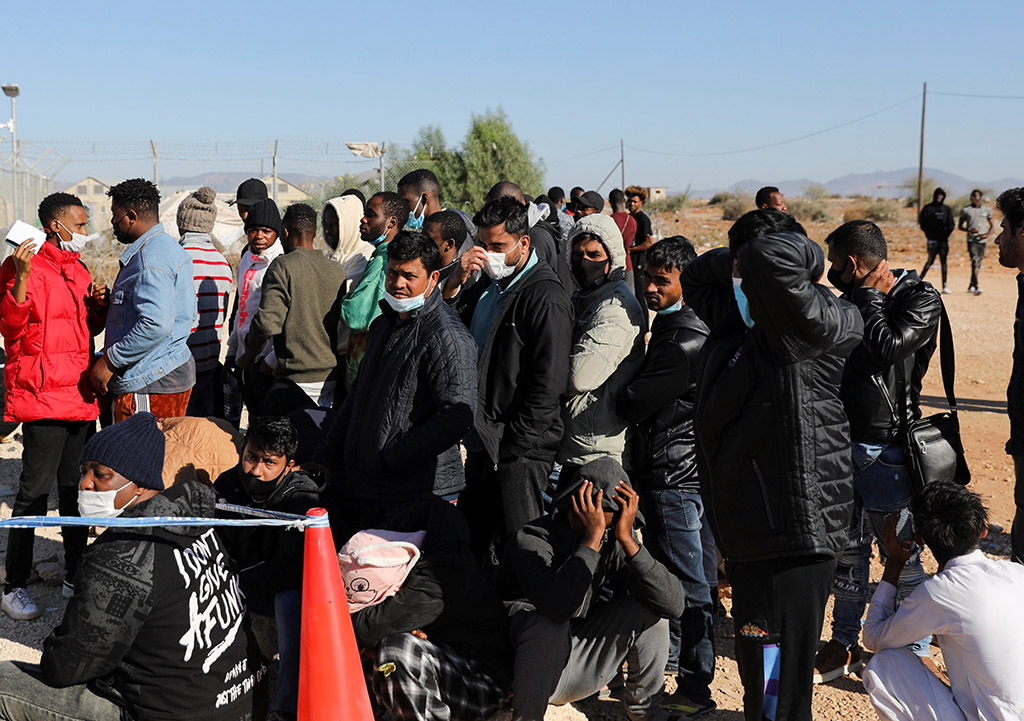Shipping’s training ecosystem is straining under accelerating change, with senior figures warning that operational pressures, shrinking manning levels and a compliance culture are eroding seafarer competence.
Although companies acknowledge the need for reform, few agree on how to achieve it. Across interviews for Seafarers magazine, a common thread runs through every conversation: training is too time-hungry, too detached from daily shipboard work, and too focused on ticking regulatory boxes.
And while new tools such as microlearning, gamification and AI-driven personalisation are emerging, time, rather than technology, remains the industry’s defining constraint.
Time is the challenge that most leaders return to. Steven Jones, founder of the Seafarers Happiness Index, said “seafarers are under intense operational pressure,” noting that when crews are “stretched thin just managing daily operations, even well-designed training programs struggle to gain traction.”
MarinePALS CEO Pradeep Chawla offered a similar picture, saying the average ship’s planned maintenance system contains around 3,000 tasks and that “if a proper study were done, we’d find it’s not humanly possible to complete them all.”
He added that when bad weather, port calls and administrative work are factored in, “there’s simply no time left for learning,” which he believes leads to a “tick-box attitude” driven by overwhelm rather than complacency.
Even so, many companies are exploring new formats. Norstar Ship Management’s Lars Gruenitz is among those who argue for more engaging approaches, saying interactive and gamified learning can be effective when seafarers can study “at their own pace, wherever they are, whether at a training centre, onboard, or at home.”
At Wilhelmsen Ship Management, Wiebke Schuett said her team is focusing on microlearning built around short, targeted sessions, explaining that “we incorporate gamification and interactive elements to make learning engaging and memorable,” and that the goal is “stickiness, ensuring seafarers actually retain and apply what they learn.”
Likewise, Caravel Group’s Angad Banga sees the need for momentum, saying “the industry is changing rapidly, and training needs to capture that momentum,” while pointing to immersive, simulation-based programmes that create “learning that sticks, not ticking boxes.”
Yet many argue the problem is structural. Henrik Jensen of Danica Crewing Specialists said statutory requirements under the STCW framework are “not in sync with what is actually needed” and evolve too slowly for a fast-moving sector.
NSB Crewing Solutions’ Simon Frank also warned that “training methods are not modernised fast enough” and are still “driven too much by compliance compared to actual improvement needs.”
Jones described the result as a cycle where training is experienced as a burden rather than an investment, saying this dynamic persists until the industry tackles manning levels, fatigue and accurate reporting of working hours. Without that, he said “even excellent training faces an uphill battle.”
Others point to the disconnect between classroom systems and daily shipboard life. Noatun Maritime CEO Carl Martin Faannessen described training as a “schizophrenic environment” split between regulatory mandates and operational needs, arguing for blended learning that combines digital modules with structured onboard engagement.
He believes senior officers “should be mandated to engage with their crew at least once a day for training purposes.”
That same integration is guiding Bernhard Schulte Shipmanagement, where Eva Rodriguez said BSM is rolling out modular and just-in-time programmes that “allowing seafarers to choose when to complete sessions within a set timeframe,” adding that personalised training helps optimise limited time and individual needs.
At Columbia Group, Simona Toma said flexibility is central to their approach too, explaining that “training today must be flexible and practical,” and that her team blends LMS modules, microlearning, simulations and hands-on practice, while also exploring virtual reality to make learning more engaging.
Relevance is another pressure point. Union Marine Management Services’ Vinay Gupta said training “struggles to keep pace” with rapidly evolving technology and that institutes hesitate to invest in new systems for fear they may soon be outdated, creating “a widening gap between technological progress and preparation.”
Digital literacy is a similar concern. Fleet Management CEO Captain Rajalingam Subramaniam said the priority is “bridging traditional seafaring with digital competency. We need seafarers who are equally confident with a sextant and a screen.”
At Wallem Group, John Rowley said gamification will play a role in modernising delivery, though he added that “we also need effective train-the-trainer programs” so instructors are equipped to teach in new ways.
Underlying much of this is a deeper cultural theme. Jones wrote that the decline of “professional trust and respect” onboard is weakening training outcomes and that crews need to be rebuilt as cohesive units rather than individuals “monitoring screens.”
Faannessen also sees rising cross-cultural challenges, saying “a lack of self-awareness and cultural understanding drives misunderstandings and conflict,” which he described as a reminder that “the soft stuff is the hard stuff.”
From another angle, MTM’s Captain Rajiv Singhal said training “must evolve from compliance-driven modules to curiosity-driven learning,” stressing that it “must go beyond certificates; it must build confidence.”
Most leaders agree that the system must continually evolve. Singhal described training as a “living process that must continuously evolve with technology, operations, and human needs.”
For Anglo-Eastern, this means modernised facilities and real-world scenarios, with Aalok Sharma saying the industry needs “modern training facilities, immersive technologies, and updated curricula.”
And yet, as Jones notes, “technology alone will not fix a broken system.” He said that “until we address the honesty and accuracy of working hour reporting, and right-size manning levels, we cannot create the conditions necessary for effective learning.”
The challenge, ultimately, is not only to make training smarter, but to make it possible.







Click here to change your cookie preferences